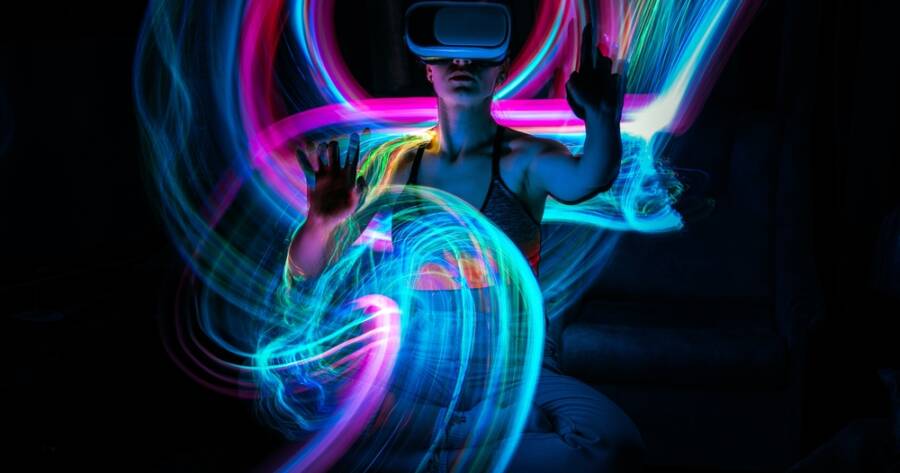As technology continues to evolve at an astonishing pace, virtual reality (VR) and augmented reality (AR) have emerged as two of the most transformative forces reshaping how we interact with the world. By 2025, these immersive technologies are not only more accessible than ever but are also redefining industries ranging from entertainment and education to healthcare and manufacturing. Though they are often mentioned together, VR and AR are distinct in their functionalities, applications, and the experiences they provide. Understanding the difference between the two, and why it matters, is essential for businesses, developers, and everyday users navigating the digital frontier.
Defining VR and AR
Virtual Reality (VR) refers to a fully immersive digital experience. Using headsets like the Meta Quest 3 or Sony PlayStation VR2, users are transported into a completely virtual environment where they can explore, interact, and engage as though physically present. VR blocks out the physical world entirely, replacing it with a simulated one, be it a game world, a virtual classroom, or a 3D model of a building.
Augmented Reality (AR), on the other hand, enhances the real world by overlaying digital elements, images, sounds, or data, onto a user’s physical surroundings. AR is often experienced through smartphones, tablets, or specialized AR glasses like Microsoft’s HoloLens or Apple Vision Pro. Rather than replacing reality, AR augments it, blending digital content with the real environment in real time.
Key Differences
The primary difference between VR and AR lies in their level of immersion and interaction with the real world:
- Environment: VR places the user in a completely virtual environment. AR adds virtual elements to the real-world environment.
- Hardware: VR requires dedicated headsets that often include motion sensors and controllers. AR can run on simpler devices like smartphones or tablets, though advanced AR glasses provide more interactive features.
- Use Cases: VR is popular in gaming, training simulations, and virtual events. AR excels in navigation, real-time data overlays, remote assistance, and enhanced shopping experiences.
Why the Distinction Matters in 2025
In 2025, the distinction between VR and AR isn’t just technical, it’s strategic. As both technologies gain traction, their differences determine their utility and impact in various sectors.
In Education: VR allows students to take virtual field trips to ancient civilizations or perform science experiments in safe digital labs. AR, however, is being used to bring textbooks to life with 3D models, making learning more interactive without removing students from their real-world classrooms.
In Healthcare: VR is revolutionizing therapy and surgical training by simulating complex scenarios for practice. AR, meanwhile, aids surgeons during actual operations by projecting vital information and anatomical data directly onto their field of view.
In Business and Retail: AR lets customers try on clothes virtually or see how furniture would look in their homes. VR provides immersive brand experiences, such as virtual showrooms or product tours. The choice between AR and VR impacts how businesses connect with their audiences.
In Industry and Workforce Training: VR provides risk-free environments to train employees in high-stakes industries like aviation, construction, and defense. AR, on the other hand, supports real-time guidance and troubleshooting on the job, enhancing productivity and reducing errors.
The Future of XR: Convergence on the Horizon
While VR and AR are distinct today, they are increasingly converging into what is known as Extended Reality (XR)- a continuum of immersive technologies. With advances in AI, 5G, and lightweight hardware, the lines between virtual and augmented experiences are beginning to blur, enabling hybrid applications that combine the best of both worlds.
Embracing the Immersive Age
In 2025, understanding the difference between VR and AR is more important than ever. These technologies are not just futuristic concepts- they are practical tools shaping how we live, learn, work, and play. Whether fully immersed in a virtual world or enhancing our perception of the real one, VR and AR are redefining human experience. As their capabilities continue to expand, those who understand and embrace their distinct potentials will be best positioned to lead in the immersive age.

